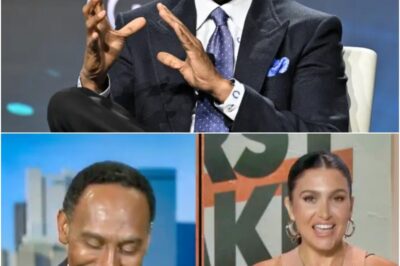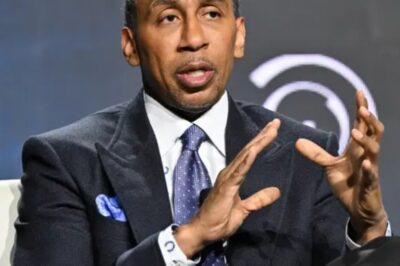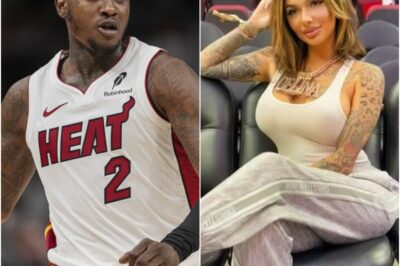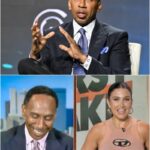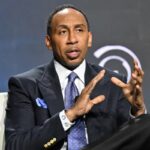Phil wanted Shaq to have more invasive surgery, but ongoing contract talks made him refuse.
After clinching his third straight NBA championship title with the Los Angeles Lakers in 2002, Shaquille O’Neal wasn’t celebrating for long. Instead, he was already thinking about what was next — whether a fourth consecutive ring was within reach.
O’Neal’s ambition was at an all-time high, but behind the scenes, his body was sending a different message. In his autobiography, “Shaq Uncut: My Story,” the basketball legend revealed that he was struggling with severe toe issues at the time. So, instead of publicly guaranteeing a four-peat, “Diesel” chose to focus on the present and enjoy the moment.
Still, a decision had to be made about how to handle the toe issue. While the reigning Finals MVP found himself at a crossroads, his legendary coach, Phil Jackson, stepped in with advice. “The Zen Master” recommended a special surgery that could have extended “Diesel’s” career. However, Shaq didn’t listen — a choice he has regretted ever since.
“He (Jackson) told me, ‘If you get this done right, you can play until you’re forty.’ I wish I had listened to him,” recalled O’Neal.
Shaq’s battle with arthritis
By then, “Diesel” had already spent nearly a decade in the league, solidifying his reputation as one of the most dominant players in basketball history.
Standing at 7’1″ and weighing 325 lbs, the former top draft pick amazed fans with his agility, explosive power, and remarkable athleticism — qualities that distinguished him from other players with similar imposing physical attributes.
However, over time, the intense demands of his playing style and a lack of focus on staying in top physical shape started to affect Shaq, especially his left big toe. So, after winning his third consecutive Finals MVP, the Newark native could no longer ignore the persistent pain, which had deeper underlying causes.
“I had hallux rigidus, which is a disorder of the joint located at the base of the big toe. It’s a form of degenerative arthritis,” he shared in his memoir.
A career-defining surgery
“The Big Aristotle” admitted that his condition had deteriorated to the point where surgery was now unavoidable. While recognizing this was an important step toward recovery, the real challenge was choosing the right procedure. The 2000 MVP reflected on three possible options, each carrying its own risks and potential consequences.
The first was a minor procedure he had already undergone once before. It offered a quick recovery but hadn’t resolved the issue the last time, leaving little hope for lasting improvement.
The second choice would have sidelined the NBA superstar for around two to three months — a significant chunk of the 2002-03 regular season, but not devastating.
Then there was the most serious option: a surgery that, as O’Neal explained, is often done on ballet dancers who know all too well what severe toe pain feels like. While this operation promised a more permanent solution, it came with a steep price — about half a year off the court.
“I wouldn’t have been able to return until January or February,” he recalled, fully aware that the Purple and Gold would have had to face most of the upcoming campaign without his crucial presence.
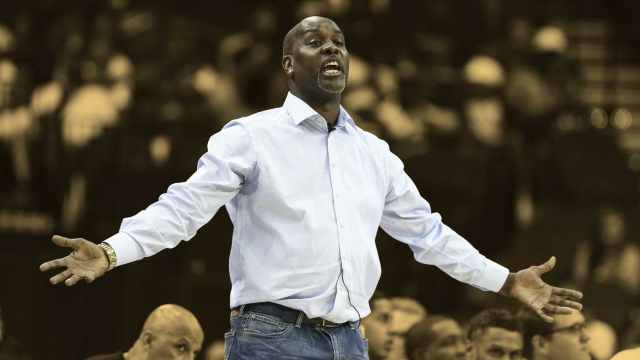
Gary Payton said he didn’t bother learning Phil Jackson’s triangle offense with the Lakers: “I wanted to play the way I wanted to play”
Read More
“The Zen Master” gave valuable advice…
The four-time NBA champion faced a tough decision that had the potential to change his entire career. In situations like this, it’s not always the doctors who offer the best guidance. Sometimes, the most valuable advice comes from those closest to you. For O’Neal, that circle included Jackson — the legendary coach with more championship rings than anyone else in NBA history.
Since taking over the Lakers in June 1999, “The Zen Master” wasn’t just Shaq’s coach — he was also a mentor. With the Montana native’s guidance, the big man developed from raw talent into an unstoppable force on the court. But their bond extended beyond basketball.
Phil also helped Shaq sharpen his business sense, encouraging him to plan ahead and think about life after his playing days. That same forward-thinking attitude showed when the 1996 Coach of the Year advised his star player on how to handle his toe injury.
“Jackson was pushing me to have the more involved surgery,” recounted O’Neal. “He could tell my toe was so painful and so stiff that it was affecting my lift and I was putting strain on the rest of my body.”
…but “Diesel” didn’t follow it
While dealing with claw toe deformity, “The Big Aristotle” faced another major hurdle: tough contract negotiations with the Lakers, led by GM Jerry West.
Concerned that a lengthy recovery could hurt his bargaining power, the 15-time NBA All-Star made a crucial decision. Against Jackson’s advice, he opted for a less invasive surgery.
“I was too nervous about being out six months, especially since the Lakers were stalling on the extension we had been negotiating,” O’Neal explained. “So I had the surgery that would keep me out three months.”
The gamble didn’t work out as planned. The Lakers legend admitted the medical procedure helped a bit, but his toe issue never completely went away.
Eventually, “Diesel” returned to the court after missing the first 12 games of the following season. However, he came back below his peak form and, to make matters worse, failed to secure a contract extension with the front office.
By mid-2004, the Lakers had traded their once-so-dominant big man to the Miami Heat. Though Shaq continued playing until just before turning 40 in 2011, there’s still plenty to wonder about, namely, what might have happened if he had opted for that third surgery.
News
BREAKING: ESPN’s Stephen A. Smith Shares Surprising Reason Why He’s Never Gotten Married , And It’s Not What You’d Expect
Stephen A. Smith (Photo by: Credit: Kirby Lee-Imagn Images) Amid speculation that Stephen A. Smith could run for the 2028…
BREAKING: Dallas Wings Drop Major Injury News Just Hours Before Paige Bueckers’ WNBA Debut
After winning her first national championship with the UConn Huskies, Paige Bueckers entered the WNBA as the No. 1 pick…
“Racism Is Alive And Well”: Stephen A. Smith Is Catching Major Backlash For His Comments On Cooper Flagg
Stephen A Smith (Photo via ESPN) Stephen A Smith did not hold back when talking about why the Dallas Mavericks…
Ex-Ad**t Film Star Lana Rhoades Finally Responds To Claims That She’s Sl3pt With Multiple NBA Stars
Lana Rhoades (via @lanarhoades Instagram) Lana Rhoades Joins Michael Porter Jr.’s Podcast, Clears The Air On NBA Rumors & Baby…
Ad**t Film Star Exposes Miami Heat’s Terry Rozier, Reveals What She Did To Him Before His Big Game
Terry Rozier and Celina Powell (Photos via Getty Images and Instagram) Terry Rozier certainly has some explaining to do. The…
BREAKING: Paige Bueckers Breaks Her Silence After Shocking Leaked Videos Go Viral—Fans Can’t Believe What She Said
Paige Bueckers (Vincent Carchietta-Imagn Images) Caitlin Clark and Paige Bueckers have found themselves at the center of a deeply troubling…
End of content
No more pages to load

